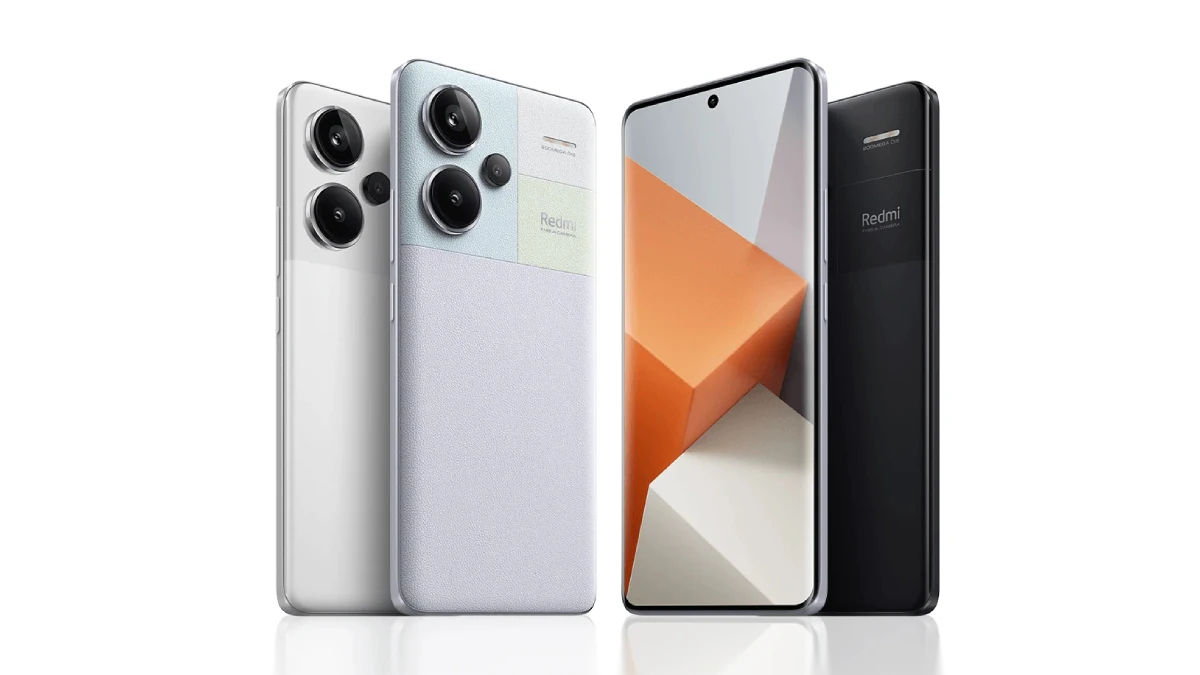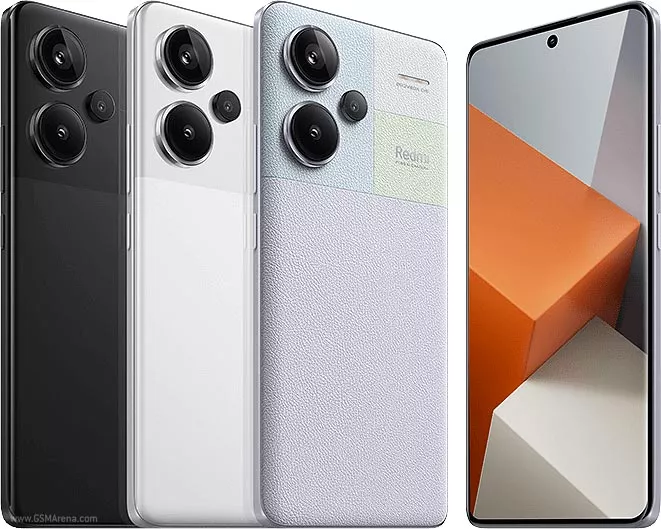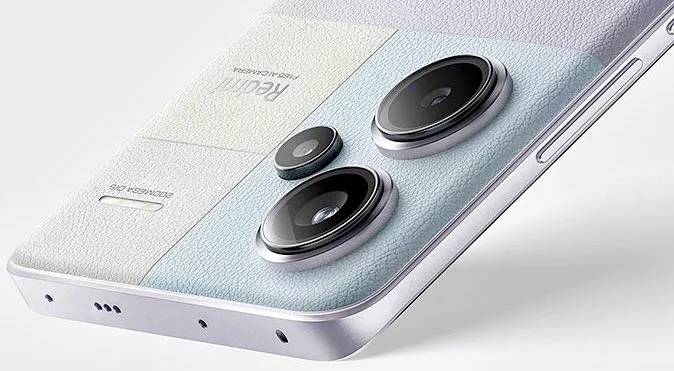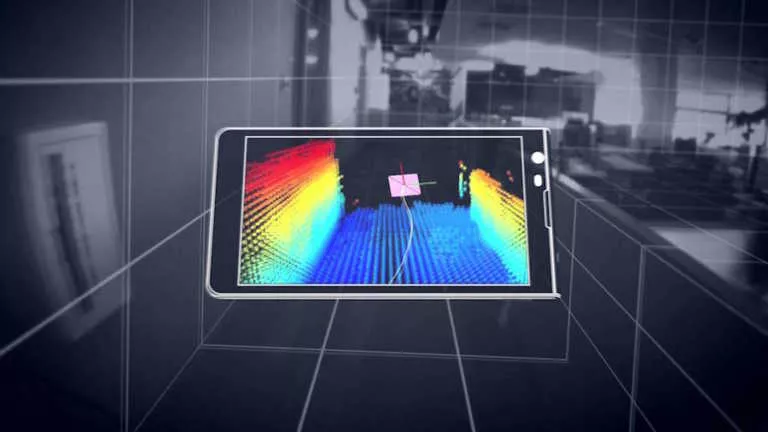Redmi Note 13 Series Is Coming: Everything You Need To Know

Xiaomi’s Redmi series stands out as one of the most popular smartphone lineups thanks to its budget-friendly prices paired with impressive specifications and cameras. While the company’s software has been a concern for some users, expectations are high for the Redmi Note 13 series, which would include three variants: the Redmi Note 13, the Redmi Note 13 Pro, and the Redmi Note 13 Pro+. Here’s everything you need to know about them.
When will the Redmi Note 13 series launch?
Having debuted in China in September, Xiaomi is now preparing to release the series in India on January 4th, 2024.
Redmi Note 13 series: Design and Display
All three variants of the Note 13 series differ in terms of design. This is because while the regular Redmi Note 13 and 13 Pro sport standard glass panels, the Note 13 Pro+ stands out with a vegan leather finish and a glass back, available in four colors: black, white, violet, and camo green.

Moving to the front, all three variants feature a center punch-hole camera and slimmer bezels compared to their predecessors. Regarding the display, both the Redmi Note 13 Pro and 13 Pro+ house a. 6.67-inch, 1.5K 120Hz OLED screen. Meanwhile, the regular Note 13 offers a 6.67-inch Full HD+ 120Hz OLED display.

Specifications
Offering the best specs for the price has always been Xiaomi’s strategy for the Redmi Note series. This trend is looking to continue with the 13 series since the phones are powered by some of the best processors in the segment. The Note 13 boasts the MediaTek Dimensity 6080 SoC, while its counterparts, the Note 13 Pro and Note 13 Pro+, are equipped with the Qualcomm Snapdragon 7s Gen 2 and MediaTek Dimensity 7200 Ultra, respectively.
Besides the processor, the regular 13 starts with 6GB of RAM and goes all the way up to 12GB of RAM and 256GB of internal storage. On the other hand, the 13 Pro starts at 8GB RAM and 128GB internal storage and goes to 16GB RAM and 512GB internal storage. Finally, coming to the Pro+, the device starts at 12GB RAM and 256GB internal storage and tops out at 16GB RAM and 512GB internal storage.
Cameras
Cameras have been another big selling point for Xiaomi since the company historically includes a big primary sensor. The same can be said for the Note 13 series, as all three variants have a big primary sensor. Beginning with the standard Note 13, it boasts a 108MP primary sensor at f/1.7 aperture, enabling 1080p video capability, along with a 2MP depth sensor. For selfies, it sports a 16MP front-facing shooter.
Both the Note 13 Pro and Pro+ house a massive 200MP f/1.7 primary sensor with Optical Image Stabilization (OIS), capable of shooting 4K video at 30fps. These are accompanied by an 8MP 120˚ UltraWide camera and a 2MP depth sensor. On the front, both phones include the same 16MP shooter.

Software
Xiaomi’s MIUI software garners mixed reviews; while some users appreciate its features and customization options, others criticize its bloatware, intrusive ads, and concerns about reliability, including reported issues like the dead motherboard problem.
Nevertheless, the Redmi Note 13 series debuts with MIUI 14 atop Android 13, promising two years of software support for its users.
Battery and Charging
Coming to the batteries, both the Note 13 and the 13 Pro include 5,000mAH batteries, while the Pro+ variant houses a slightly larger 5,100mAH cell. However, it is important to note that instead of the standard lithium-ion, all three variants include a lithium polymer battery, which is typically inferior in terms of longevity.
However, thanks to the Li-Po battery, the Note 13 supports 33W fast charging, the Note 13 Pro ramps up to 67W, and the Pro+ boasts an impressive 120W fast charging capability.
How much will the Redmi Note 13 series cost?
Based on the Chinese pricing, the Redmi Note 13 could start at approximately $170 or 14,000 Indian Rupees. As for its higher-tier counterparts, the company could launch the Note 13 Pro and 13 Pro Plus for around $220 or 18,000 Indian Rupees and $280 or 24,000 Indian Rupees, respectively.






